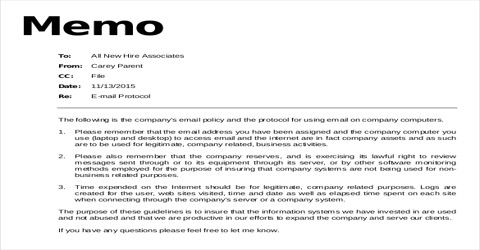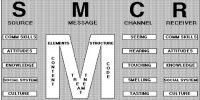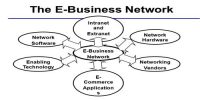Format of Memo
Memo is prepared by following a general format. Many organizations use pre-printed memo which have ‘Headings’, ‘To’, ‘From’, ‘Subject’ and ‘Date’. These guide words may not appear in the same order in all types of memo. The following parts or elements are generally seen in an ideal memo.
Headings: As an important part of memo, heading generally includes name of the organization along with its logo, name of the receiver, name of the sender, subject and date. In addition to those, some organizations include memo number, response date etc. Most organizations use preprinted memo forms with headings. When preprinted memo forms are not available, organizations use their standard letter head paper by typing ‘Memo’ and other words like To, From, Subject and Date. Heading may be written in block and Column formats.
Name of the receiver or distribution list: The receiver of a memo may be an individual or group of individuals or a department. When receiver is an individual, his position should be mentioned by avoiding courtesy title such as. Mr. Ms. etc. When memo is written for a group of individuals, copies of memo are sent to them according to distribution list.
Name of the sender: Memo contains sender’s name along with his position. Sometimes position is ignored to maintain the informality of memo.
Subject: The subject line announces the main purpose of writing memo. It is written through a few words to present the main theme of the memo. A well-written subject line can easily draw the attention of the receiver.
Date: The memo should contain the date of issue. In addition to the date, it should contain the date from which its matter will be in action. In most cases, the memo date and action date at same as it moves quickly within the same organization.
Message: Message is the main part of memo. In writing memo, principle of brevity should be followed to maintaining the necessary clarity of the message. A memo can discuss various points and these points should be discussed logically in separate paragraph.
Signature: The sender may sign at the bottom of the memo. This signature is the symbol of formality and it ensures that the sender has carefully read the entire memo.
Enclosure notation: If any document or paper is attached with the memo in support of the message, a list of those documents a given under the head of ‘enclosure’.
Copy notation: Sometimes it is required to send a memo to persons or departments other than the original receiver for bringing the message to their knowledge or for their necessary actions. In this situation, a list of receivers is mentioned at the end of the memo as like as in letter.
Identification sign: Memo must contain the name and initial of the person who has taken dictation of the message and typed or composed it. It is generally placed in the left margin of the memo. It is given just to identify the person who has typed and composed the memo.












